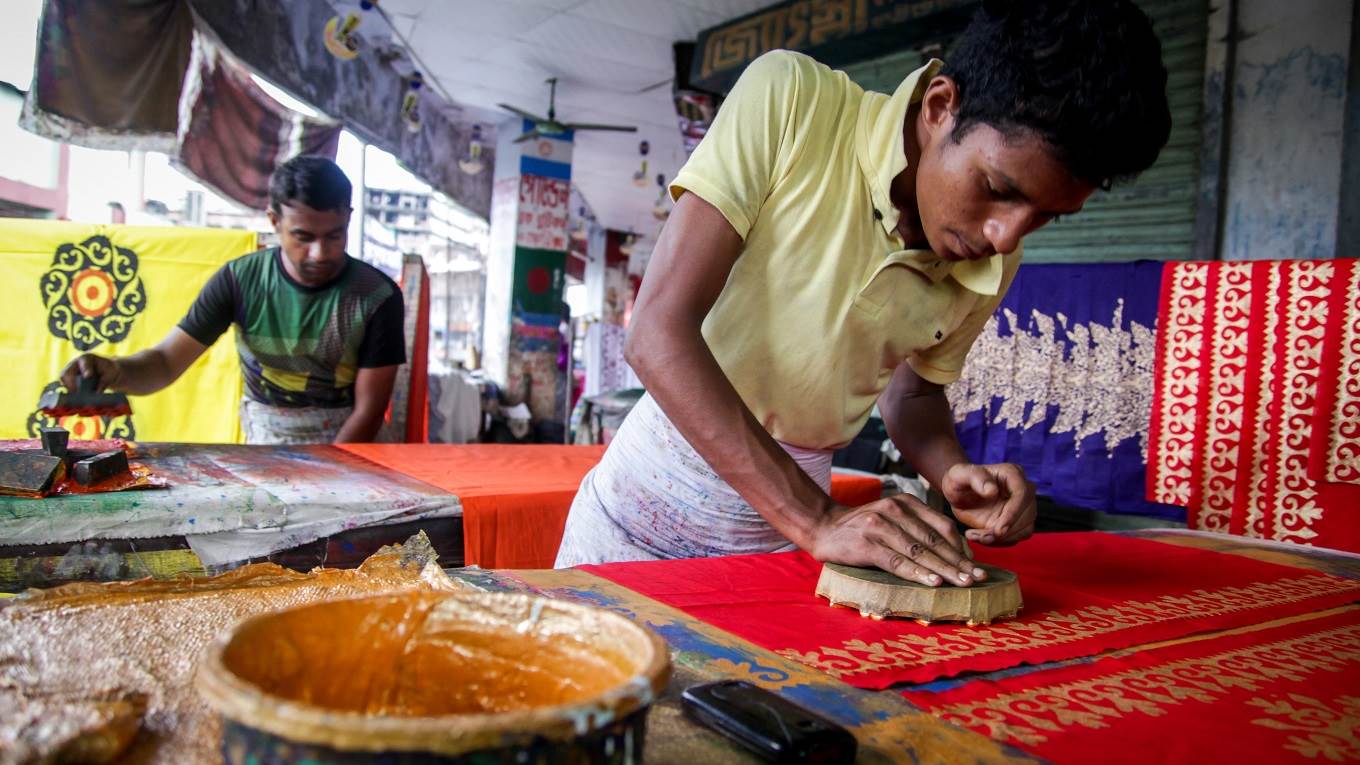
by
As a result of progressive social policies and a bit of historical luck, Bangladesh has gone from being one of the poorest countries in South Asia to an aspiring “tiger” economy. But can it avoid the risk factors that have derailed dynamic economies throughout history?
NEW YORK – Bangladesh has become one of Asia’s most remarkable and unexpected success stories in recent years. Once one of the poorest regions of Pakistan, Bangladesh remained an economic basket case – wracked by poverty and famine – for many years after independence in 1971. In fact, by 2006, conditions seemed so hopeless that when Bangladesh registered faster growth than Pakistan, it was dismissed as a fluke.
Another partial explanation for Bangladesh’s progress is the success of its garment manufacturing industry. That success is itself driven by a number of factors. One notable point is that the main garment firms in Bangladesh are large – especially compared to those in India, owing largely to different labor laws.
All labor markets need regulation. But, in India, the 1947 Industrial Disputes Act imposes heavy restrictions on firms’ ability to contract workers and expand their labor force, ultimately doing more harm than good. The law was enacted a few months before the August 1947 independence of India and Pakistan from British imperial rule, meaning that both new countries inherited it. But Pakistan’s military regime, impatient with trade unions from the region that would become Bangladesh, repealed it in 1958. Thus, having been born without the law, Bangladesh offered a better environment for manufacturing firms to achieve economies of scale and create a large number of jobs. And though Bangladesh still needs much stronger regulation to protect workers from occupational hazards, the absence of a law that explicitly curtails labor-market flexibility has been a boon for job creation and manufacturing success. The question is whether Bangladesh’s strong economic performance can be sustained. As matters stand, the country’s prospects are excellent, but there are risks that policymakers will need to take into account. For starters, when a country’s economy takes off, corruption, cronyism, and inequality tend to increase, and can even stall the growth process if left unchecked. Bangladesh is no exception. But there is an even deeper threat posed by orthodox groups and religious fundamentalists who oppose Bangladesh’s early investments in progressive social reforms. A reversal of those investments would cause a severe and prolonged economic setback. This is not merely a passing concern: vibrant economies have been derailed by zealotry many times throughout history. For example, a thousand years ago, the Arab caliphates ruled over regions of great economic dynamism, and cities like Damascus and Baghdad were global hubs of culture, research, and innovation. That golden era ended when religious fundamentalism took root and began to spread. Since then, a nostalgic pride in the past has substituted for bold new pursuits in the present. Pakistan’s history tells a similar tale. In its early years, Pakistan’s economy performed moderately well, with per capita income well above India’s. And it was no coincidence that during this time, cities like Lahore were multicultural centers of art and literature. But then came military rule, restrictions on individual freedom, and Islamic fundamentalist groups erecting walls against openness. By 2005, India surpassed Pakistan in terms of per capita income, and it has since gained a substantial lead. But this is not about any particular religion. India is a vibrant, secular democracy that was growing at a remarkable annual rate of over 8% until a few years ago. Today, Hindu fundamentalist groups that discriminate against minorities and women, and that are working to thwart scientific research and higher education, are threatening its gains. Likewise, Portugal’s heyday of global power in the fifteenth and sixteenth centuries passed quickly when Christian fanaticism became the empire’s driving political force. As these examples demonstrate, Bangladesh needs to be vigilant about the risks posed by fundamentalism. Given Prime Minister Sheikh Hasina’s deep commitment to addressing these risks, there is reason to hope for success. In that case, Bangladesh will be on a path that would have been unimaginable just two decades ago: toward becoming an Asian success story
The article appeared in the Project Syndicate on 23 April 2018
